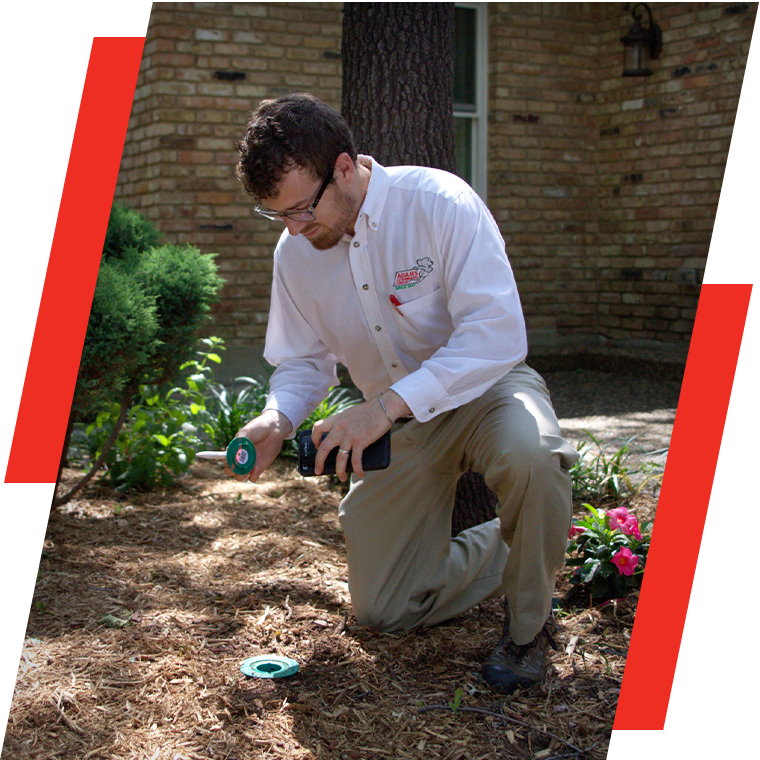
Why Can’t I Get These Rodents Out of My Frisco Home?
When they first discover rats or mice in their home, many homeowners may assume that solving their rodent problem is as simple as putting out a few mouse traps. Unfortunately, dealing with rodent infestations is almost never that easy, and how you treat the problem can also depend on what type of rodent you’re encountering. For Frisco homeowners, common species include:
House mice: House mice tend to be the smallest rodent out of the three, with rounder bodies, light to dark gray fur, and pointed muzzles.
Norway rats: Between roof rats and Norway rats, Norway rats are bigger but often have shorter tails and brown coloring with lighter underbellies.
Roof rats: Roof rats get their name from their preference to climb the side of houses or up on rooftops. While they have smaller, leaner bodies, they usually have longer tails than Norway rats.
Regardless of which type of rodent you’re dealing with, these pests can cause problems in multiple ways. Not only do they often chew through wires and cause property damage, but they can also spread bacteria, diseases, or even parasites like fleas.
If you’re a Frisco homeowner, there’s no time to waste when it comes to dealing with rodents. Here’s what you should know about why rodents are so difficult to get rid of, the common ways people try to deal with mice and rats on their own, and what to do if you’re currently dealing with a rodent issue in your Frisco home.
Why Are Rodents So Difficult to Get Rid Of?
At first glance, it may be easy for some homeowners to mix up rats and mice or assume that they’re dealing with both – but it’s extremely rare to have both types of rodents in your home. Because mice are a food source for rats, house mice often avoid homes or other places that already have rat problems. If rats invade a home with an existing mouse problem, the mice may flee or get eaten by the rats.
However, no matter what rodent you’ve got, these pests are far from easy to eliminate. Not only can they chew through a variety of materials, but they can also slip through the tiniest holes in your home’s foundation or walls. Some rodents, like roof rats, even have great climbing abilities that allow them to get onto your roof and get inside that way.

Why Choose Adams Exterminating?
-
Trained Entomologists & Service TechniciansOur team brings a deep understanding of insect biology and behavior to create targeted pest control strategies. We're equipped with the latest techniques and technologies to effectively eliminate pests.
-
Customized Plans for Every BudgetRecognizing that each space is different, we customize pest control services for every home or business. Our approach involves targeted solutions, addressing specific needs for your environment.
-
Trusted in the Community Since 1947With a legacy dating back to 1947, our pest control company brings decades of experience with a proven track record to keep your space critter-free.
-
Locally Owned & OperatedAs a locally owned business with offices in both Denton and Lewisville, we are rooted in the community and dedicated to serving our neighbors with personalized service.
Why DIY Techniques Don’t Work on Rodents
After they’ve discovered a rodent problem, many homeowners opt to try and deal with the problem on their own with DIY techniques – most of which are rarely effective:
Mothballs: Mothballs are among the most popular repellants for mice and rats. Homeowners will place mothballs near rodent hotspots – like attics, basements, or cracks in the walls. This repellant is supposed to work because mothballs contain naphthalene, which affects how blood cells carry oxygen. While this may work for moths, the amount of mothballs you’d need to deter rodents is the same amount that could negatively affect humans as well.
Ultrasonic repellers: Ultrasonic repellers, which people may pick up from hardware or DIY stores, are not as effective for deterring rodents. While they may keep rats and mice away temporarily, they’re usually not powerful enough to permanently get rid of them or prevent new rodents from coming in.
Peppermint: Soaking cotton balls in the powerful stench of peppermint oil is supposed to ward off rodents. However, rats and mice regularly hang out in sewers and other unsanitary places, so they’re rarely scared off by strong odors.
Many DIY techniques can seem effective initially, but they often are a temporary fix that provides a false sense of success.



